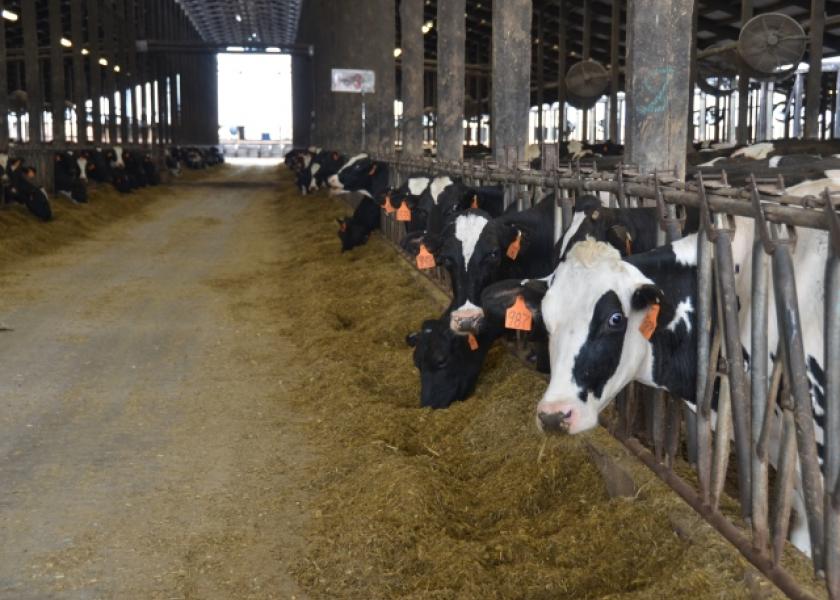Dairy Talk: The Terrorists Amongst Us

While there hasn’t been an attack of international terrorism on U.S. soil since Sept. 11, 2001, that doesn’t mean U.S. citizens—farmers included—should assume it can’t happen again.
“Terrorists, be they cells, groups or individuals, are committed to their cause, and they are resourceful, patient, persistent and prepared for a long war of attrition,” says Stephen Goldsmith, a veterinarian with the FBI’s Weapons of Mass Destruction Directorate-Biological Countermeasures Unit.
There are seven key signs to watch for:
|
“And we have to realize that agriculture is a target,” he says. “Three strands of barbed wire will not protect cattle from Al Qaeda.”
In reality, though, Al Qaeda isn’t your biggest threat, nor should it be your biggest worry. In fact, threats from radicalized animal rights and environmental groups might be of greater concern.
“The domestic threat in some ways is more critical than international,” he says. “Animal rights and environmental groups have committed more acts of terrorism than Al Qaeda [on U.S. soil],” Goldsmith says.
The most likely threat is a biological agent deployed against livestock or crops, such as:
- A chemical contaminant placed in feed.
- Radiological or nuclear material that would be used to destroy or contaminate soil or livestock.
- Introduction of exotic plant diseases.
- Introduction of a zoonotic disease that affects both animals and humans. Ebola is a classic example.
- The spread of an emerging disease, such blue tongue.
- The introduction of a foreign animal disease in the U.S., such as Foot and Mouth Disease (FMD).
And it would be relatively easy to do. Throwing an FMD-infected sock over the fence into a pen of heifers could quickly infect an entire herd.
Just one case of FMD would shut down all animal exports. And it could take months—perhaps years—to contain the disease and restore confidence in the safety of U.S. food exports.
If you have any doubt, look to England and its experience with FMD. It took months to depopulate infected herds and years to restore export markets.
Farmers have to be the first line of defense in protecting their farms and livestock, Goldsmith says. So farmers need to be aware of potential threats, know the symptoms of emerging and foreign animal diseases and recognize signs of intentional disruptions to their operations.
They then need to immediately report any unusual disease triggers to their veterinarian and local authorities. “These dots of information have to be reported and entered into the security system for threats to be recognized,” Goldsmith says.
There is only one way to keep us safe: If you see something, say something.








